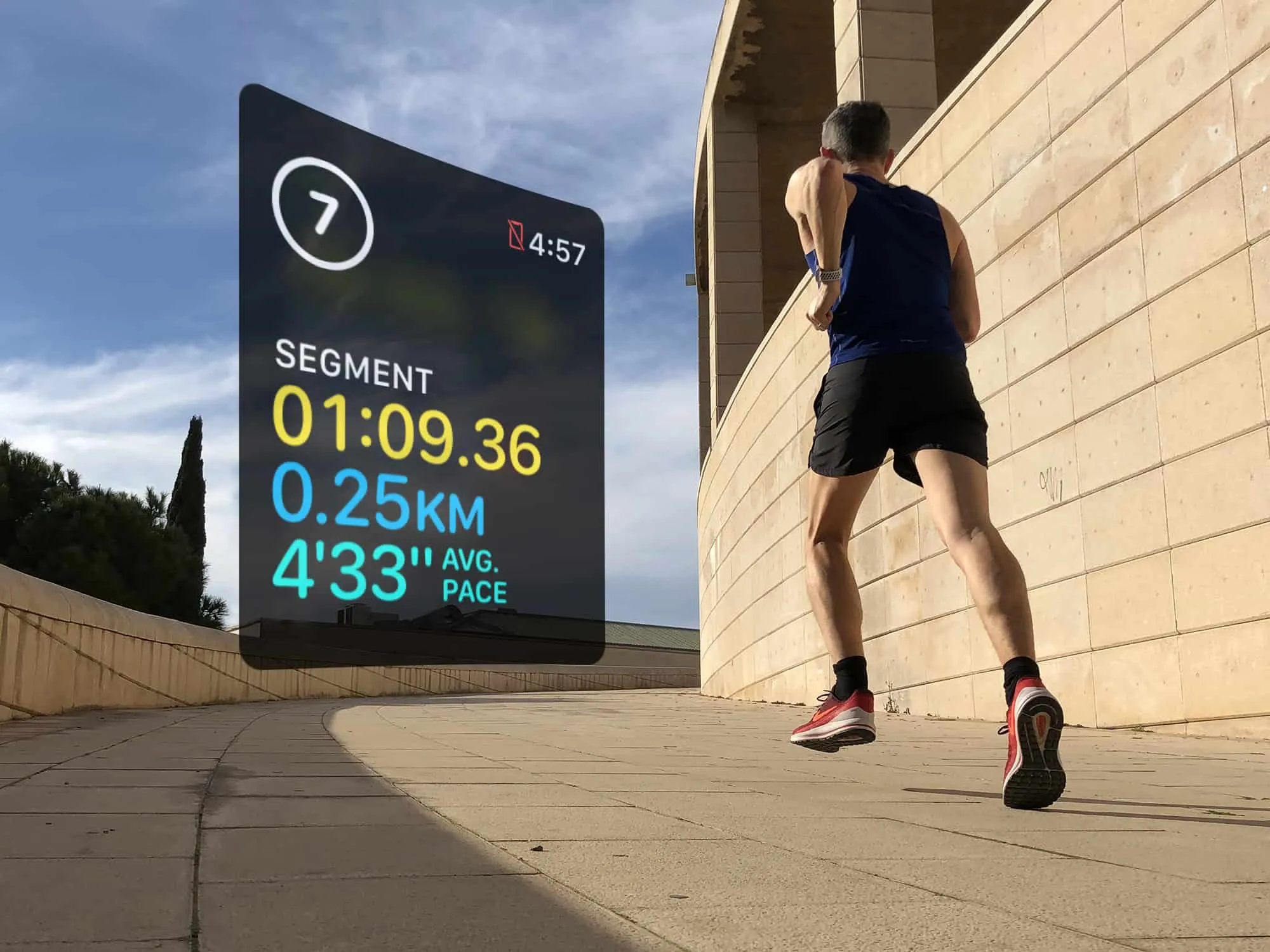What role does Greenwich have in the measurement of time?
Greenwich, a neighborhood in London, is where the Prime Meridian may be found. Greenwich is also the location of the Royal Observatory. This is a reference to the coordinates of longitude, which are often commonly referred to as meridians, and the location of Longitude 0 as the Prime Meridian. When the sun is directly overhead at its zenith directly above the Prime Meridian in Greenwich at noon, it is considered to be the middle of the day. This method for identifying the time zone is utilized in every region of the world.Since this is the case, the time shown on the clock at the Royal Observatory in Greenwich is the time referred to as Greenwich Mean Time (GMT). Due to the fact that it is not affected by the shift from standard to daylight time, it does not alter at any point throughout the year.
The time zone difference between GMT and UTC?
The term "Greenwich Mean Time," which can also be referred to as "Universal Time Coordinated," is one that is utilized rather frequently (UTC). You utilize either one of these expressions interchangeably in your writing. However, they are not the same thing by any stretch of the imagination. Greenwich Mean Time (GMT) is a time zone, whereas Coordinated Universal Time (UTC) is the time standard. In the same way that conventional time is measured differently, UTC time is measured differently. It is slightly more accurate than GMT because an atomic clock measures it; yet, the difference between the two is still only a matter of split seconds because the difference is so tiny.
Watches with a GMT Display
Because most watches only display the time in a 12-hour format, we need to determine whether or not it is currently morning or evening to set our watches properly. This is usually not difficult for us because we operate within the same time zone as everyone else. When moving between a number of different time zones in the span of a single day, such as a pilot or a member of the cabin crew, it can be pretty challenging to maintain track of the time. This is because Coordinated Universal Time (GMT) is a standard that is utilized all around the world. A watch is said to be a GMT watch if it shows the time in both the local time and the GMT time zone simultaneously. Due to the fact that GMT does not vary, this makes it easier for the user to comprehend what time it is regardless of where they are located in the world.
Which countries stand to benefit the most from the implementation of the daylight saving time change?
The practice of advancing clocks forward by one hour during the summer months, known as Daylight Saving Time (often abbreviated as DST), allows for darkness to fall later according to the clock. The clocks need to be advanced by one hour to make this change, which enables long stretches of time during which there is daylight.The fact that Greenwich is in London and that the rest of the United Kingdom is in the GMT time zone should not surprise anyone. However, as of right now, the United Kingdom is currently observing daylight saving time; as a result, when the clocks in the United Kingdom are adjusted and British Summer Time (BST) begins in March, the time in the entire country moves forward by one hour in comparison to GMT. This time will remain in GMT+1 format until the end of October, at which point the clocks will be set back one hour, and the time will once more be displayed in GMT format.
The United Kingdom is not the only nation to observe Daylight Saving Time, as the practice is carried out in approximately 70 other countries across the globe and the United Kingdom. Only Japan, India, and China, three of the most important industrialized nations in the world, do not take part in daylight savings in some form or another. As a rule, nations located very close to the equator do not observe daylight saving time since the amount of daylight available to them remains relatively consistent throughout the year. Consequently, the implementation of daylight saving time would not be beneficial in these countries.
Countries and Cities Across the Globe That Follow the GMT Time Zone
The following list of cities utilizes standard time to identify the time zone that each of them falls inside. The majority of the cities will transition to daylight saving time, which will cause there to be a difference of one hour between their local time and GMT at a number of different times during the year.
- Cities in the GMT+1 time zone include the majority of the cities located inside the European Union. These cities include Paris in France and Berlin in Germany. In addition, a number of cities in West Africa, including Lagos in Nigeria and Algiers in Algeria, are included in this list.
- GMT+2 is the standard time in both Cairo (Egypt) and Kaliningrad Oblast (Russia), both of which are located in Europe (Russia)
- The time in Moscow (Russia) and Istanbul is equivalent to three hours ahead of GMT (Turkey)
- GMT+4 cities: Dubai (United Arab Emirates)
- GMT+5 cities: Islamabad (Pakistan), Tashkent (Uzbekistan)
- GMT +5:30 cities: Mumbai (India)
- Omsk and Dhaka, which are located in Bangladesh, both use the GMT+6 time zone (Russia)
- GMT+7 cities: Krasnoyarsk (Russia), Hanoi (Vietnam), Phnom Penh (Cambodia)
- Both Shanghai, which is located in China, and Manila are in the same time zone: GMT+8 (Philippines)
- Both Tokyo (Japan) and Seoul are located in the same time zone, which is GMT+9 (South Korea)
- Cities such as Vladivostok (in Russia) and Port Moresby (in Papua New Guinea) are located in the GMT+10 time zone (Papua New Guinea)
- Both Honiara (Solomon Islands) and Magadan have the same time zone, which is GMT+11 (Russia)
- GMT+12 cities: Suva (Fiji), Kamchatka (Russia)
- The capital city of Apia and the Line Islands, which are included in the territory that makes up the Republic of Kiribati, both use the GMT+13 time zone (Samoa)
- GMT-1 cities: Praia (Cape Verde)
- GMT-2 cities: Grytviken (South Georgia and the Sandwich Islands)
- GMT-3 cities: Buenos Aires (Argentina), Paramaribo (Suriname)
- Bridgetown, Saint Johns (Antigua and Barbuda), and San Juan (Puerto Rico) are all in the GMT-4 time zone because of their proximity to one another (Barbados)
- New York, Boston, and Washington are examples of cities in the Eastern Time Zone of the United States that are located in the GMT-5 time zone. This time zone encompasses the whole United States.
- DC and Miami
- These cities observe the GMT-6 time zone since they are located in the Central Time Zone of the United States. This time zone includes cities such as Houston, New Orleans, and Chicago.
- Cities in the United States such as El Paso, Denver, and Salt Lake City are examples of cities in the GMT-7 time zone. The time zone for these cities is considered to be the Pacific Time Zone.
- The city of Adamstown is located in the GMT-8 time zone (Pitcairn Islands)
- Time in Rikitea is represented by the GMT-9 standard (Gambier Islands)
- Both Papeete and Avarua, which are both located in the Cook Islands, observe the GMT-10 time zone (Tahiti)
- GMT-11 cities: Pago Pago (American Samoa)
- Cities located in the GMT-12 time zone: islands with no inhabitants
The several time zones that are found inside the United States
Within the boundaries of the United States, there are four unique time zones, and each of these time zones features a "standard" time as well as a "daylight saving time" (DST/EST) option. Eastern Time adheres to the GMT-4 standard; Central Time, which adheres to the GMT-5 standard; Mountain Time, which adheres to the GMT-6 standard; and Pacific Time, which adheres to the GMT-8 standard (currently GMT-7).Both Alaska and Hawaii adhere to their own specific time zones, with Alaska adhering to the GMT-8 standard and Hawaii adhering to the GMT-10 standard.
Why is it Important to Use the GMT Time Zone?
During the 19th century, the Greenwich Mean Time (GMT) standard was developed. Before this, each city and town kept their own local time, and there was no way to calculate the time on a national or international scale. Now, however, there is a standardized technique for doing so. Because of this, specific industries, such as rail transport, experienced difficulties as a result of the absence of a standard time and the inability to adhere to the timetables for the trains. In the 1850s and 1860s, as communication networks spread throughout the world, it became clearly evident that a standardized international time was essential. This realization occurred throughout the time period. Greenwich was selected as the location in large part due to the fact that at the time, sea charts that already used Greenwich as the Prime Meridian were relied upon by 72 percent of the world's commercial activity. This information contributed to the selection of Greenwich as the location.Every region will be able to interact with others without the complications of time causing confusion thanks to the existence of GMT or UTC, which guarantees that there will be uniformity in terms of time all over the world. Additionally, the existence of GMT or UTC guarantees that there will be uniformity in terms of time throughout the world.
Veronica is a culture reporter at Collaborative Research Group, where she writes about food, fitness, weird stuff on the internet, and, well, just about anything else. She has also covered technology news and has a penchant for smartphone stories. .
Leave a reply
Your email address will not be published. Required fields are marked *Recent post

Is It Possible to Browse the Internet on a Smartwatch?
March 08, 2022

The precision of Apple Watches for HIIT Workouts
March 13, 2022

What Do The Jewels In A Watch Consist of?
March 17, 2022

Which Watch Has The Most Jewels in it?
March 17, 2022
